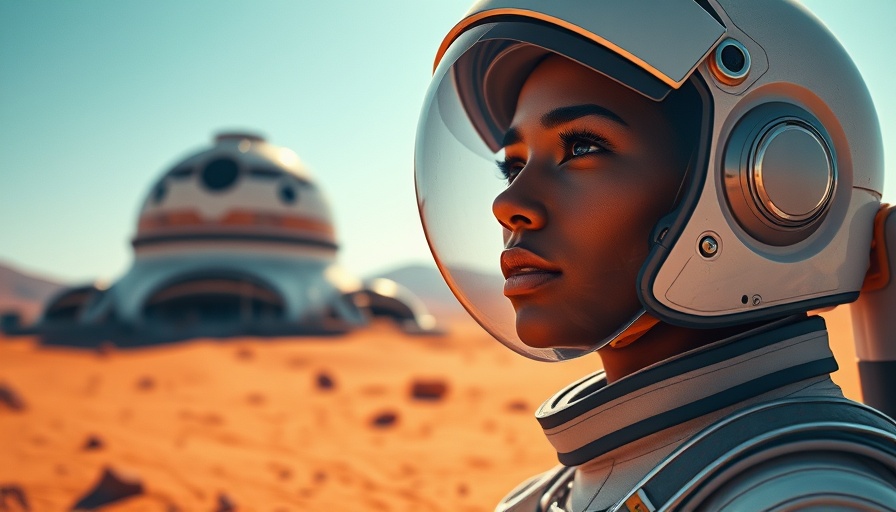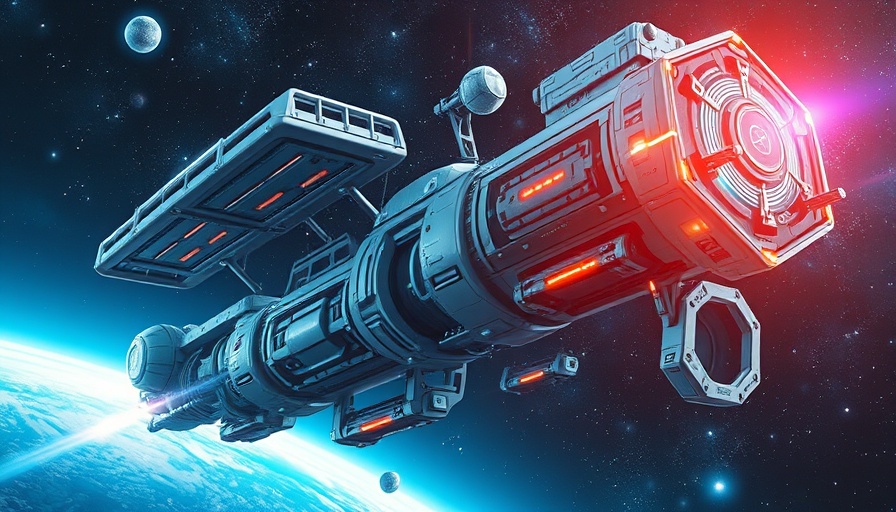
Welcome to the World in 2040: A Technological Renaissance
Picture this: the year is 2040, and our reality has been reshaped by astonishing technological advancements. From super intelligent AI to radical life extension, the landscape of life as we know it is radically transformed. In this exploration of the future, we'll delve into the transformative innovations that are redefining our existence.
In 'The World in 2040: Top 20 Future Technologies', the discussion dives into the groundbreaking technologies that are shaping our future, exploring key insights that sparked deeper analysis on our end.
Super Intelligent AI: Our New Partners in Progress
At the forefront of this transformation is the emergence of super intelligent AI, a force that transcends human capabilities. These AIs, billions of times more intelligent than humanity, are not simply tools; they are partners in innovation. Capable of solving complex problems in moments, they catalyze breakthroughs previously thought unattainable. Indeed, we stand at the precipice of a technological singularity—an era where machines lead in advancing our civilization at an unprecedented pace.
The Promise of Radical Life Extension
Alongside AI, radical medical breakthroughs powered by technology present the possibility of reversing aging. Imagine being in your 80s, feeling as vibrant and capable as you did in your 40s. With advancements in gene therapies and regenerative treatments, this is becoming a reality for many. These technologies promise not only a longer lifespan but a fuller, more productive life, inviting profound reflections on purpose and identity as we redefine what it means to grow old.
The Rise of Service Robots: Companions in Our Daily Lives
Another remarkable technology is the proliferation of service robots. From the household to public spaces, these robots are no longer foreign concepts; they assist in childcare, cleaning, and healthcare, tailoring their support based on emotional and physical needs. They offer not just practical benefits but companionship as they blend into the fabric of daily life. As we embrace their presence, the tasks once seen as mundane are now opportunities for human creativity and emotional growth.
Our Journey to Mars: A New Frontier
Turning our gaze toward the stars, humanity's first crewed mission to Mars marks an extraordinary milestone. As astronauts step onto the Martian surface, they are building not only the foundation for human habitation but also international collaboration, inspiring a generation to reach for the stars. This leap into interplanetary existence expands our understanding of life itself and reaffirms our place in the cosmos.
Brain-Computer Interfaces: The New Mind-Machine Connection
Imagine controlling devices with just your thoughts—this is the reality of brain-computer interface technology. With devices that bridge the gap between mind and machine, possibilities expand exponentially. Education, creativity, and human communication are transformed as someone can learn a new language or operate machinery with simple mental commands. However, this rapid advancement raises ethical considerations about privacy and the essence of consciousness—issues that society must address as we step further into the interconnected age.
A New Age of Air Travel: Hypersonic Airlines
The timeline of travel is reshaped by hypersonic airlines, which whisk travelers around the globe at incredible speeds. This technology not only redefines geographical boundaries but also influences industries and personal lives by making remote collaboration and tourism more accessible. It symbolizes a world where distance becomes less of an obstacle, fostering global cooperation.
The Metaverse: Where Virtual and Real Converge
The metaverse represents yet another dimension of our future, where daily life, work, and social interactions take place in immersive virtual environments. As communities gather in digital spaces for learning, commerce, and connection, the fabric of society is woven by both digital and physical realms. This evolution emphasizes accessibility and interaction, suggesting future implications for our work, leisure, and relationships.
What Lies Ahead: Ethical Considerations and Implications
However, with progress comes responsibility. The rapid pace of technological evolution challenges our societal structures, prompting us to confront ethical dilemmas. From preparing educational systems for an AI-infused workforce to ensuring equitable access to life-enhancing technologies, the journey is rife with complexities that require foresight and collaboration.
Conclusion: Embrace the Future with AI in Business
As we witness this remarkable journey into 2040, it is essential for businesses and individuals alike to adapt and embrace these advancements. AI for business presents boundless opportunities for efficiency, innovation, and growth. By leveraging these technologies today, you can secure a more prosperous future in the evolving landscape of the coming decades. Take the leap into tomorrow, and explore how you can harness AI to lead in this new era of transformation.
 Add Row
Add Row  Add
Add 




Write A Comment